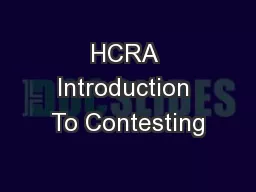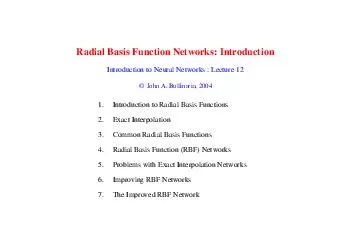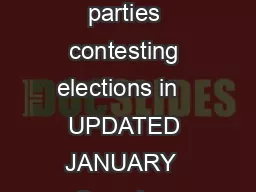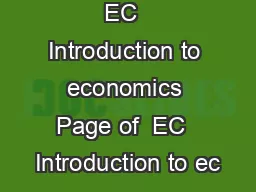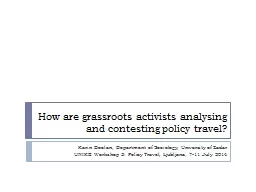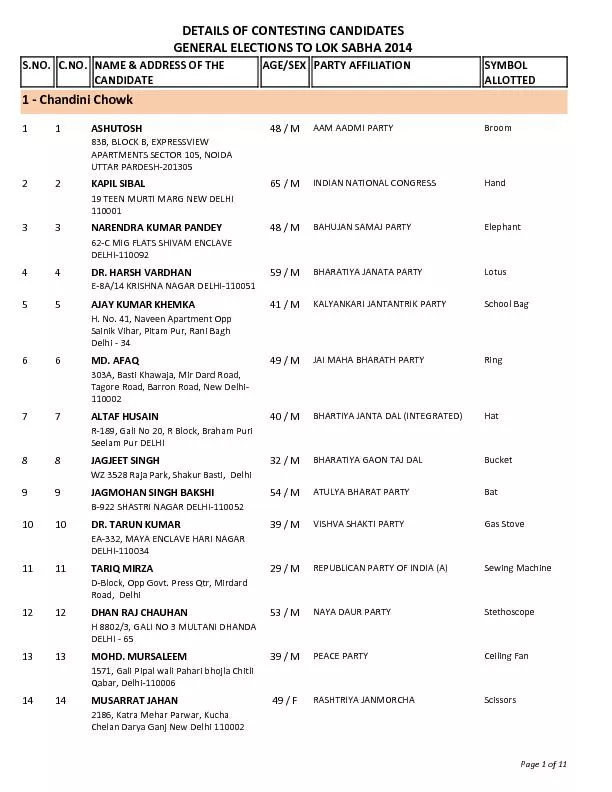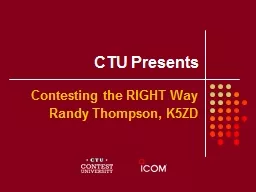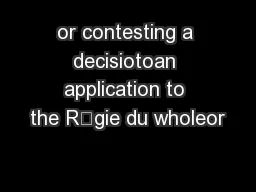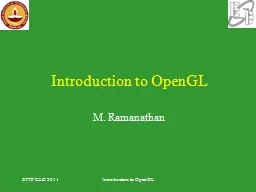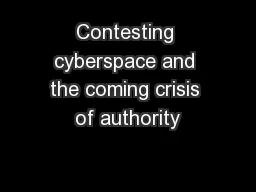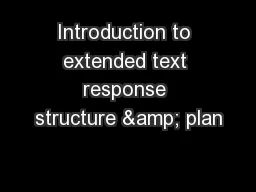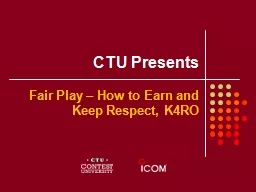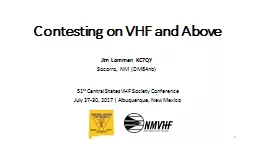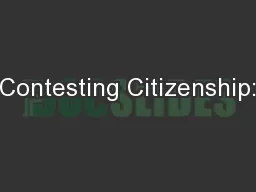PPT-HCRA Introduction To Contesting
Author : pamella-moone | Published Date : 2018-03-22
Lets Make Contesting Fun Your Instructors Jeffrey Bail NT1K Main Interest In Amateur Radio is contesting First contest was Field Day in 1995 Mostly active during
Presentation Embed Code
Download Presentation
Download Presentation The PPT/PDF document "HCRA Introduction To Contesting" is the property of its rightful owner. Permission is granted to download and print the materials on this website for personal, non-commercial use only, and to display it on your personal computer provided you do not modify the materials and that you retain all copyright notices contained in the materials. By downloading content from our website, you accept the terms of this agreement.
HCRA Introduction To Contesting: Transcript
Download Rules Of Document
"HCRA Introduction To Contesting"The content belongs to its owner. You may download and print it for personal use, without modification, and keep all copyright notices. By downloading, you agree to these terms.
Related Documents

